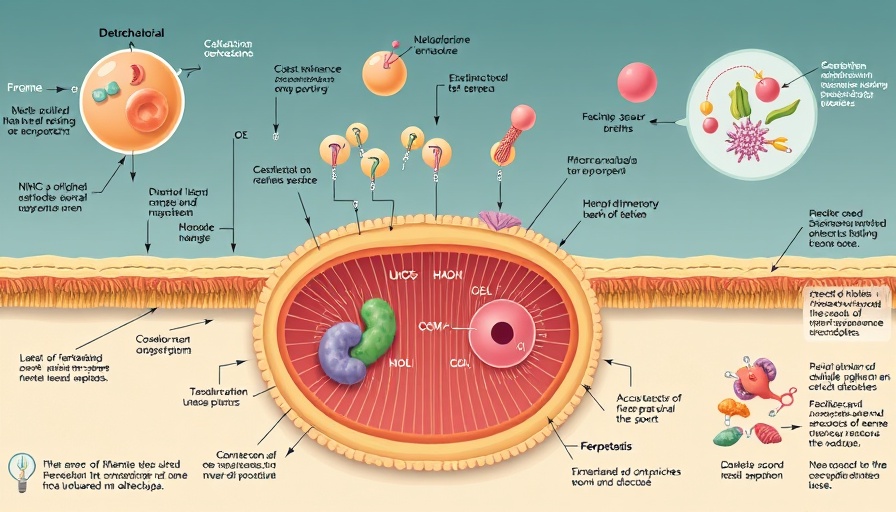
Understanding HCC: The Silent Killer
Hepatocellular carcinoma (HCC) is not just another cancer; it’s a formidable foe in the world of health threats, ranking as one of the deadliest forms of malignancy globally. With its roots deeply embedded in our increasingly unhealthy lifestyles, this cancer is the seventh most common cancer worldwide, wreaking havoc despite technological advancements in medicine. As we dive into the genetic intricacies of HCC, one key player has emerged: TRIM6.
Introducing TRIM6: A New Challenger
Recent research highlights the Tripartite Motif-containing 6 (TRIM6) as a promising target in our battle against HCC. Elevated levels of TRIM6 in HCC tissues are not only alarming; they correlate with poor patient survival. What’s the link? The mystery begins with STAT3, a crucial transcription factor that directly promotes the expression of TRIM6, setting off a domino effect in cancer progression.
How Does TRIM6 Fuel HCC Progression?
The intricate dance between TRIM6 and the cellular processes leading to cancer invasion involves several players. Firstly, TRIM6 is responsible for promoting epithelial-mesenchymal transition (EMT), a process that’s like a stage transition for tumor cells, allowing them to escape their original site and metastasize. This transformation is largely influenced by the transcription factor Snail1, which TRIM6 helps to regulate.
Deconstructing the DDX58-Snail1 Axis
In a fascinating twist, TRIM6 interacts with DDX58 (commonly known as RIG-I), a protein recognized for its role in immune response. The catch? TRIM6 ubiquitinates DDX58, leading to its degradation and thereby lifting the brakes on Snail1 activity. This degradation of DDX58 is pivotal; without its inhibitory effects, Snail1’s influence on HCC invasion amplifies, favoring cancer progression.
What This Means for Cancer Research and Treatment
The insights gained from this comprehensive study unveil a potential new target for therapy—TRIM6. It presents an exciting opportunity for innovative treatment methods aimed not only at halting HCC's invasive tendencies but also at improving patient prognoses. By inhibiting the overexpression of TRIM6 or enhancing the stability of DDX58, researchers could pave the way for cutting-edge therapies in hepatocellular carcinoma.
Future Directions: Innovations in HCC Treatment
While the findings paint a promising picture, the journey doesn’t end here. Continued research into the TRIM6-DDX58-Snail1 axis could reveal further intricacies of HCC pathogenesis, driving progress toward tailored treatments. The goal? To translate these discoveries into clinical settings, ultimately improving survival outcomes for HCC patients.
Final Thoughts: Why This Matters
As we uncover the molecular mysteries behind diseases like HCC, not only do we fortify our defenses against cancer—it also reminds us of the impact our dietary and lifestyle choices can have on cellular health and longevity. By embracing a holistic approach and incorporating biohacking techniques, we can strive toward a future where cancer becomes more manageable and preventable. Let’s tap into this evolving knowledge, enhance our healthspan, and prioritize strategies that fortify our cellular health.
With the burgeoning field of cancer research and advancements in dietary science, there’s no better time than now. For a deeper dive into optimizing your health, consider exploring personalized health strategies such as nutrition and tailored wellness protocols that harness the latest in aging research.
 Add Row
Add Row  Add
Add 




 Add Row
Add Row  Add
Add 


Write A Comment